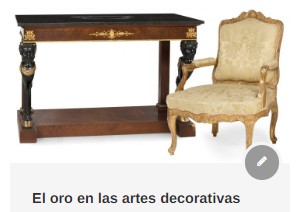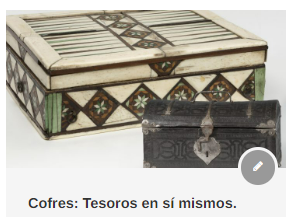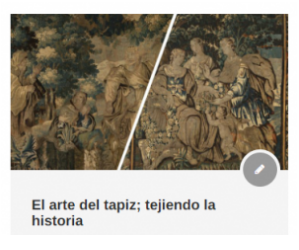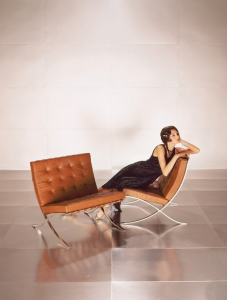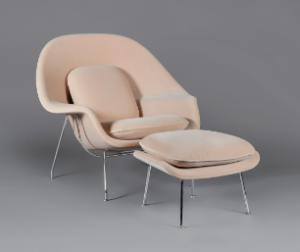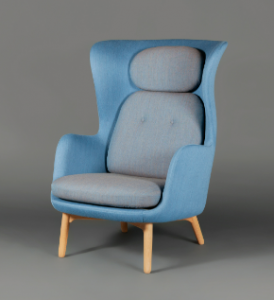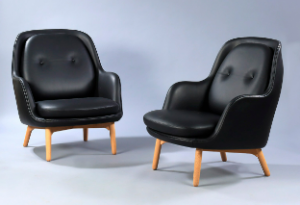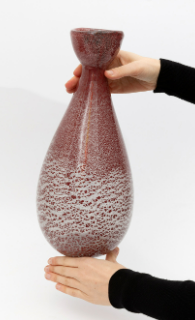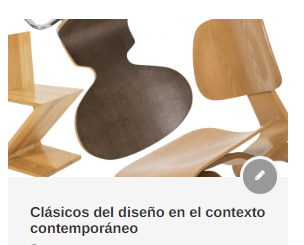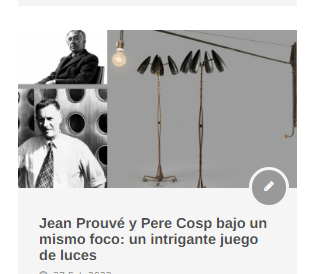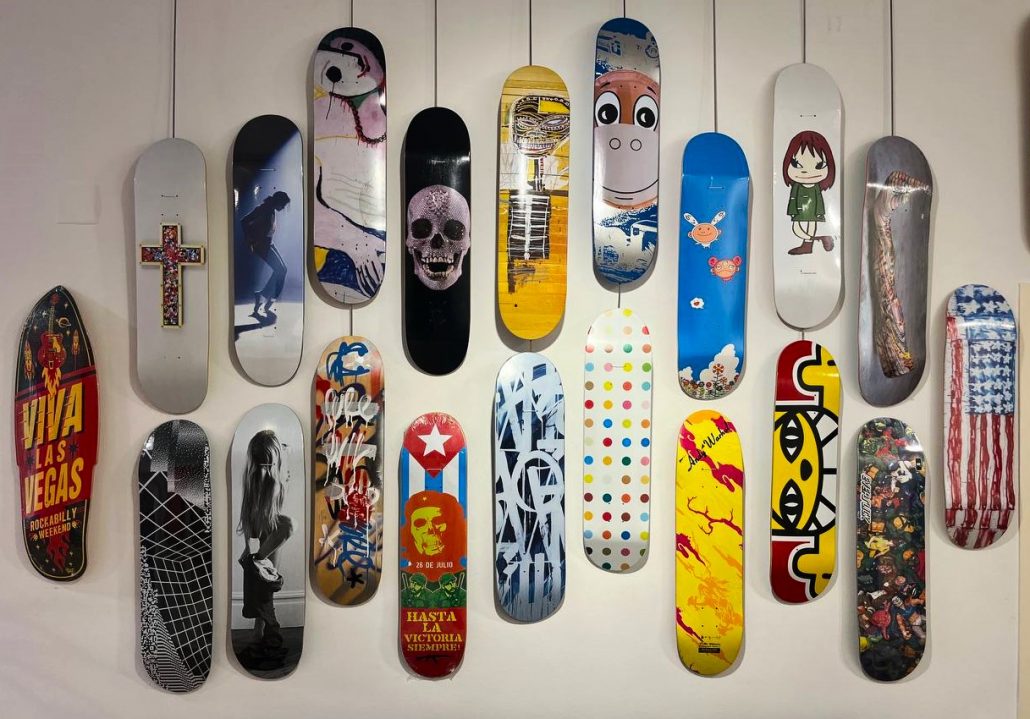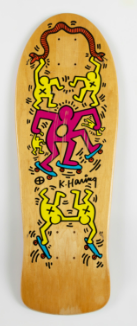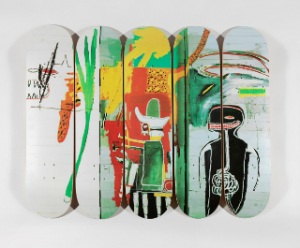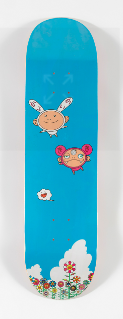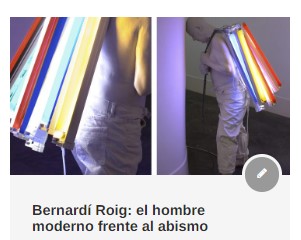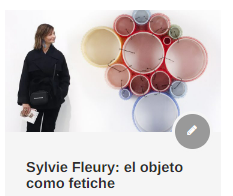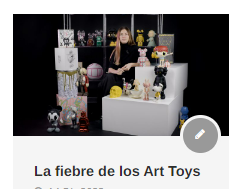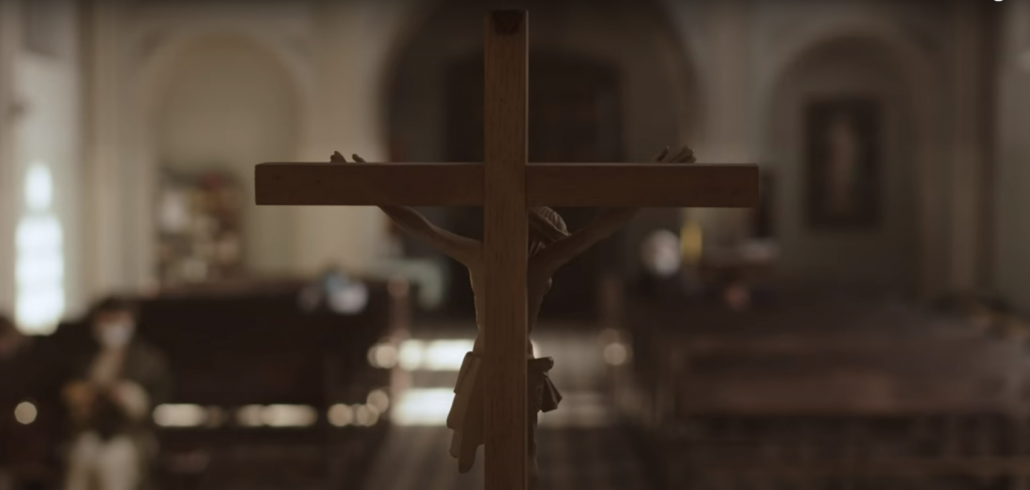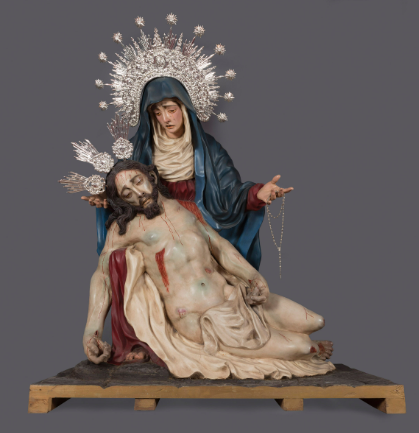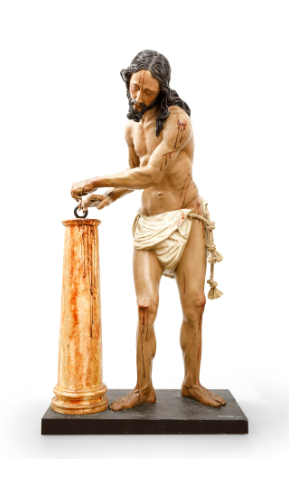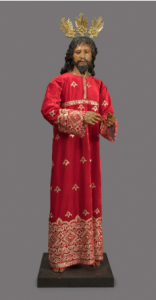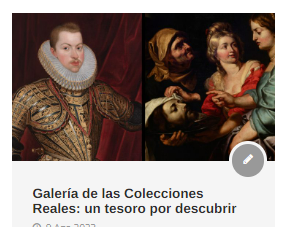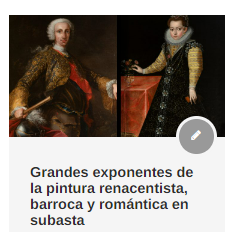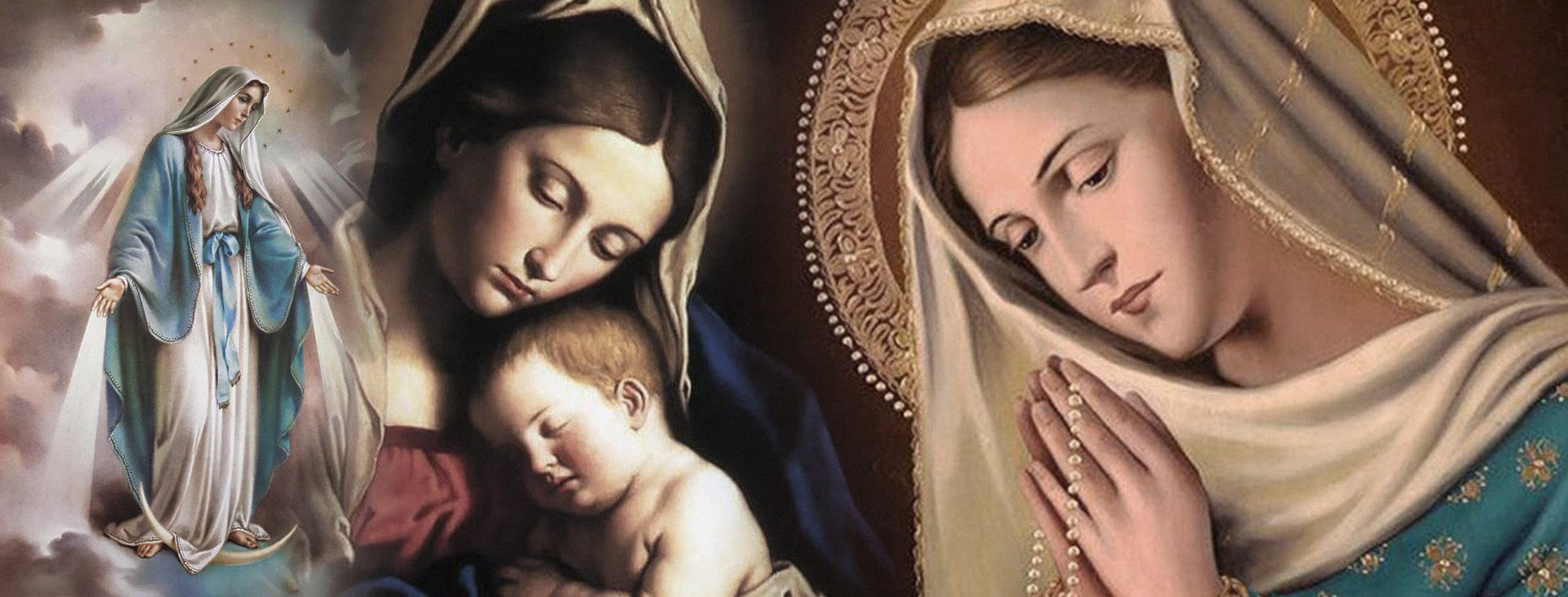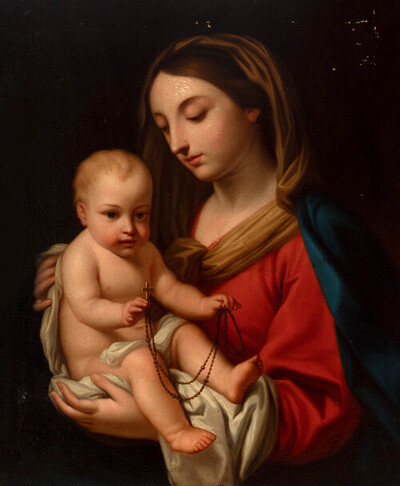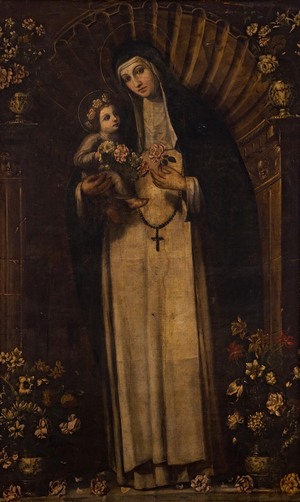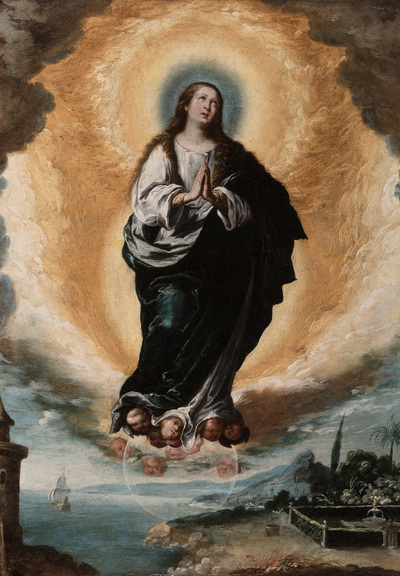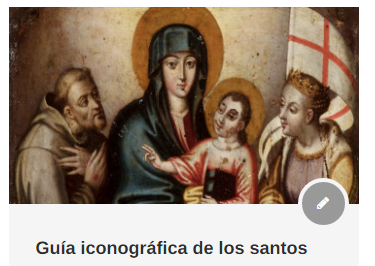Decorative arts: Distinction and beauty
Decorative arts: Distinction and beauty
Historically, the Decorative Arts have been relegated to a secondary role, overshadowed by the Fine Arts: painting, sculpture and architecture. From Setdart, we want to vindicate his figure for his leading role in the best collections of the international scene.
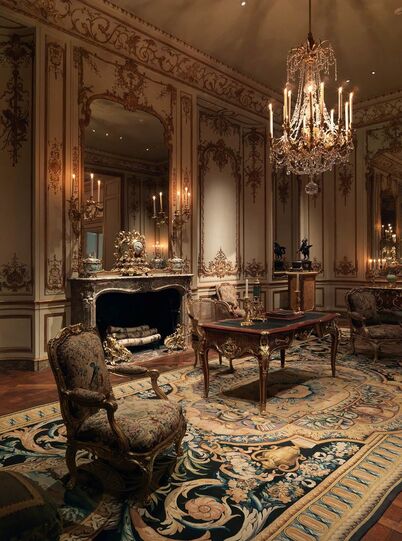
Porcelain, glass, hard stones, wood, silver, tortoiseshell, bronze and mechanical devices. The decorative arts have the virtue of bringing together a multitude of disparate techniques and materials under their shelter, which is perhaps part of their charm and, at the same time, complexity. The furniture is a good example of this, although each one of the genres that make up this drawer has been a victim of the trends and fashions of the moment.
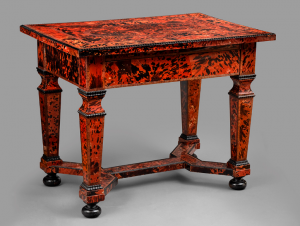
The lot 35376062, an exceptional piece of furniture, tells us about the close relationship between the Netherlands and England, with the characteristic curly moldings in ebony wood, rosewood and tortoiseshell veneer from the international trade routes, or the low chambrana in HThe onion legs, typical of Flemish and Dutch furniture, are on onion legs. In the 18th century Paris became the epicenter of European taste, dictating the stylistic guidelines. The lot 35238691, Louis XV commode, uses plumeado with violet wood veneer to give dynamism to the front and sides, accompanied, as usual, by gilded bronze on handles, keyhole escutcheons and cul-de-lampe.
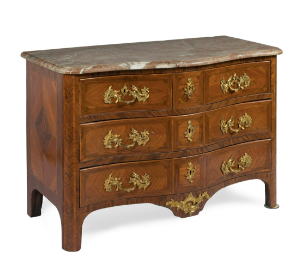

Another important piece, and not only because it is made of rhodonite and nephrite, is the lot 35376064, the tazza It is a vivid reflection, somewhat late, of the influence that the rediscovery of Pompeii and Herculaneum in the eighteenth century had on the history of art. Possibly made at the Imperial Hard Stone Factory in Ekaterinburg, in the Ural Mountains, it must have been created to decorate one of the royal rooms of the Romanovs.
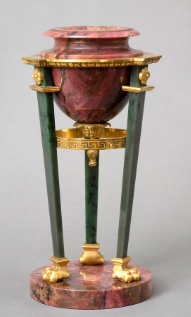
In France, both porcelain and glass were of particular importance. The first was due to the success of the Royal Manufacture of Sèvres, which, thanks to its refinement and good taste, prevailed over other national manufactures. In its shadow, and with the desire to supply the bourgeois population with Sèvres-style parts, a multitude of factories were born, not without quality, which historiography has baptized as Old Paris. The lot 35310155 is a magnificent example of what they were capable of achieving in the early 19th century. As for glass, Baccarat is, with the permission of Saint-Louis, the undisputed protagonist. The lot 35310158 reveals the novel technique of opalescent glass, so in vogue in the 19th century and created by adding phosphates or oxides during the fusing process. This is a pair of vases or “vases de fantasie”, with a specific chronology from 1845 to 1870.



